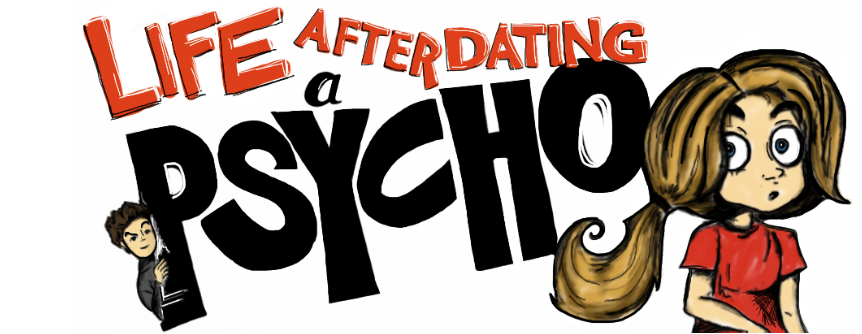One out of every three adolescent girls in the United States of America is a victim of physical, emotional or verbal abuse from a dating partner. ONE OUT OF THREE!!! One out of three. 1 out of 3.
Take a minute to think about that. How many girls do you know? Think about all of the women in your life. Your mother. Sister. Daughter. Girlfriend. Cousin. Grandmother. Aunt. Friend. Teacher. The woman who serves you breakfast at the dining hall. The girl that sits next to you in Spanish class. Your doctor. Your coach. Your teammate. Your niece. The woman on the cover of the magazine on your table. Your favorite singer. Your favorite writer. The girl sitting next to you on the bus. Your best friend. They were all, or will be (God willing,) a teenager at some point. One out of three.
If you are in high school, think about the girls you go to school with. In my high school class alone there were almost 1,000 students. About 60% of them were female: around 600 girls. If my graduating class was perfectly proportionate to the national statistic, that means that 200 girls in my grade alone would have been victim of domestic abuse before graduation.
If I think really hard...I mean, stop and put down my computer and really think about it...I can think of two girls in my grade that probably fit into that statistic. TWO. One of the girls was a classmate of mine who was smart and popular, who started dating an older boy that was known as being a badass, and ended up dropping out of school a few months before graduation. Her name was Kelly. Everyone sat around at lunch talking about how she was crazy. The other.....was me.
When I was in high school, caught in the cycle of abuse, I thought that I was the only one who had ever experienced the kind of trauma I was experiencing. I thought I was all alone. I woke up every morning afraid, and I went to bed afraid and I lived with the fear that I might not be alive to go to college. I held on for one more day. One more week. One more month. And I prayed for some kind of help.
Looking back, I now realize that as isolated as I felt, I was not alone. I felt like what happened to me was something that happened to one girl out of a million. Imagine my surprise when I found out that I was one out of three.
The percentage of adolescents who are victims of relationship violence far exceeds rates of any other type of youth violence. Girls and young women between the ages of 16 and 24 experience the highest rate of intimate partner violence among women of all ages, almost triple the national average. Every year, 1.5 MILLION high school students across the country experience physical abuse in a romantic relationship. The ramifications of violent relationships in adolescence put victims at higher risk for substance abuse, eating disorders, risky sexual behavior and further domestic violence. Being physically or sexually abused makes teen girls six times more likely to become pregnant and twice as likely to get a STD, and half of youth who have been victims of both dating violence and rape attempt suicide, compared to 12.5% of non-abused girls and 5.4% of non-abused boys.*
And yet...us victims...we think that we're all alone. We don't talk about it because no one is talking about it. Not enough. No one told me that what was happening to me was wrong. No one believed me when I tried to tell them how bad it was. No one imagined that someone so seemingly happy, and strong, and successful, could be a victim. And so, I stopped trying to talk about it. I tried to handle it all on my own. On average, more than 66% of teens who are in an abusive relationship don't tell anyone else about the abuse. Over 80% of parents believe teen dating violence is not an issue or admit they don’t know if it’s an issue.
Judicially, eight states currently do not include dating relationship in their definition of domestic violence, and as a result, youth victims of dating violence cannot apply for restraining orders. Only ONE state (New Hampshire) includes a law that specifically allows a minor of any age to apply for a protection order, and currently only one juvenile domestic violence court in the country focuses exclusively on teen dating violence.
So, next time you think that teenage relationship violence is not a problem in this country, or that it doesn't affect you: think again. If you still think that you don't know anyone who has been a victim, most likely you just don't know that they have been. Don't assume that teenage violence is not your problem. In the spirit of teenage relationship violence awareness month, help be a part of breaking the silence this February and join the cause. Check back throughout the month for articles about relationship violence, and check out this link for more information about the reality of teenage violence and what you can do to help.
And if you are a victim, remember, no one deserves to be abused in any capacity. You deserve better and you are not alone.
*Statistics from Break The Cycle. http://www.teendvmonth.org/node/18









No comments:
Post a Comment